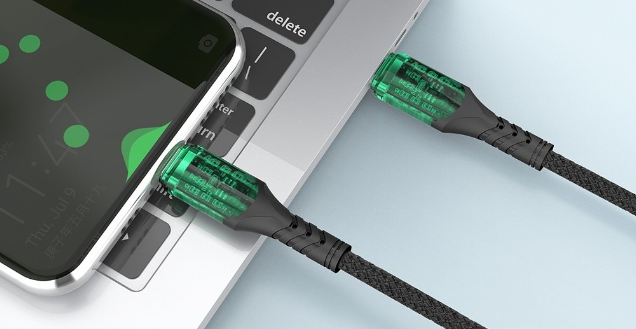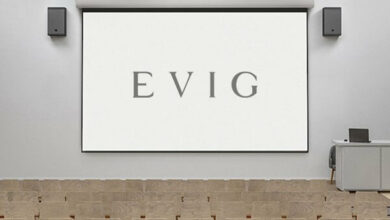Tips for Choosing the Right Power Cables for Your Devices

Choosing the right cables for your devices is not just about ensuring connectivity; it’s about maximising your electronic devices’ performance, safety, and longevity. Whether you’re setting up a home entertainment system, organising your workspace, or configuring a data centre, the quality and type of power cables you select can significantly impact functionality and efficiency. This article provides essential tips to help you choose the most appropriate cables for your devices, considering factors like power requirements, environmental conditions, and connectivity needs.
Device’s Power Requirements
The first step in selecting the correct option is understanding your device’s power requirements. This involves knowing your devices’ voltage and current demands to ensure that it can safely and efficiently deliver the necessary power. Using a wire with incorrect specifications can lead to poor performance, overheating, or even damage to your device.
- Check the Device Manual: Most devices have a manual or label indicating their requirements. This is your starting point for choosing a compatible one.
- Consider Quality Needs: Devices sensitive to power quality, such as audio and video equipment, may require shielded wires to prevent interference from electromagnetic and radio frequency interference (EMI/RFI).
Assess Material and Quality
The material and build quality directly affects the device’s performance and durability. Copper is the most common conductor used in these wires due to its excellent electrical conductivity and flexibility.
- Copper vs. Aluminium: While copper is preferred for its lower resistance and higher conductivity, aluminium ones can be a cost-effective alternative for more extensive, less sensitive installations where weight and cost are significant considerations.
- Insulation and Jacketing: The insulation and outer jacket materials protect them from environmental factors and electrical interference. Look for high-quality, durable materials like PVC, rubber, or TPE (Thermoplastic Elastomer) that can withstand the conditions in which they will be used.
Consider the Environment
- Indoor vs. Outdoor Use: Outdoor cables require UV-resistant jackets and may need to be waterproof or resistant to extreme temperatures. Indoor ones, on the other hand, might need to be more flexible and have a lower fire hazard.
- Unique Environments: In industrial settings or areas where the wire might be exposed to oils, chemicals, or mechanical stress, choose the ones designed to withstand these conditions.
Length and Flexibility
The length and flexibility of a power cable can impact both performance and installation ease. Longer ones can lead to voltage drops, so it’s essential to select the shortest length necessary for your setup to maintain power efficiency.
- Shorter Is Usually Better: Opt for the shortest length that comfortably reaches between your device and the power source to minimise loss.
- Flexibility Matters: If the wire needs to navigate tight spaces or corners, look for flexible options without compromising its integrity or electrical properties.
Connectivity and Compatibility
- Standard Connectors: Familiarise yourself with the common types of power connectors and sockets used by your devices, and ensure that you choose the ones which match these standards.
- Specialised Connectors: Some devices may require specialised connectors. In these cases, verify its compatibility with the manufacturer’s specifications.
Safety and Certification
- Look for Certifications: Certifications indicate that a cable meets specific safety and environmental standards.
- Avoid Counterfeits: Purchase from reputable suppliers to avoid counterfeit products that may not meet safety standards.
See also: Enjoy a Healthier Urban Lifestyle with These Tips
Conclusion
Choosing the appropriate power cables for your devices demands thoughtful evaluation of several aspects, such as the devices’ power needs, the durability and composition of the cable materials, the conditions under which they will be used, and adherence to established safety protocols.. Considering these factors, you can ensure that your devices operate efficiently, safely, and reliably. Investing in high-quality options is not just about ensuring connectivity; it’s about protecting your devices and optimising their performance over time.








